Graham Reid | | 4 min read

Make no mistake, this art stuff can really take it out of you. It can get your step-rate up, the wind in your face and your aorta working overtime.
Especially if you're in Copenhagen and choose to visit two different galleries — one south of the city, the other way north — and start your day with a couple of beers.
Which is what I did.
In my defense, the breakfast beers were included in the ticket for the Carlsberg Museum tour (“The Copenhagen exbeerience”) and, as luck would have it, this former brewery was a convenient starting point before visiting the nearby Cisternerne . . . an art space as bleak, damp and disconcerting as its name suggests.
This recently-opened subterranean space is in the centre of Sondermarken Park and a bracing 15 minute walk from the Carlsberg. For me it was another such walk, because just getting to those beers had been a slushy tramp from the “nearby” Enghave station through an industrial estate.
At least getting to the unglamorously named Cisternerne would be a literal walk in the park . . . but on this wind-whipped day where dampness blew horizontally in zero degrees it was a solitary head-down hike between rows of bare and blackened trees which loomed skeletally overhead.
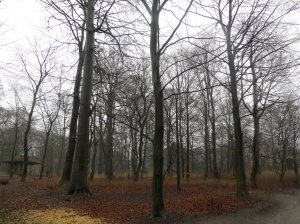
She'd certainly picked an appropriate theme for her work down in this former water reservoir — opened in 1859 – where the concrete roof is slowly decomposing and the arches evoke blighted cathedrals and spooky catacombs.
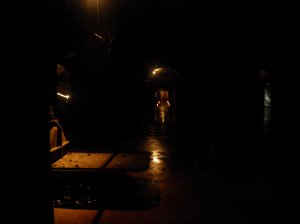
Which is the point, of course.
But after a claustrophobic 45 minutes — just me and a guy sweeping water from the black floor – I was relieved to be back in the deserted park under slate-gray skies.
Then, after waiting for a bus to take me into the central station while watching my breath cloud into the air, it was on to the much vaunted Louisiana, an internationally acclaimed museum of contemporary art about 45 minutes by train north of the city.
On the way — along a route which takes you through elegant 19th century suburbs, 20th century modernist blocks and along the windswept coastline with Sweden just beyond the mist – I considered a recent UN report which announced the good citizens of Denmark to be the most content in the word.
All except Ms Koch, I suppose.
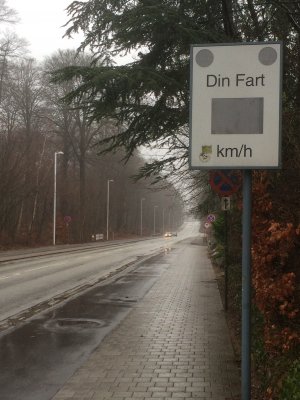 At Humlebaek station — which, despite
its frequently picturesque distance up the coast is still part of
your rail pass – I began another brisk 15 minute walk to Louisiana.
It was founded in 1958 by the businessman and patron Knud W. Jensen
(who died in 2000) and currently attracts half a million visitors a
year.
At Humlebaek station — which, despite
its frequently picturesque distance up the coast is still part of
your rail pass – I began another brisk 15 minute walk to Louisiana.
It was founded in 1958 by the businessman and patron Knud W. Jensen
(who died in 2000) and currently attracts half a million visitors a
year.
In part that's because of what it contains, the usual big ticket guys like Miro, Warhol, Rauschenberg, Lichtenstein and so on. But it also has collections of photography, emerging artists from around the world and of course numerous Danish artists whose names are unfamiliar but whose work can be striking.
Of as much interest however is the design of the building. The entrance may look like a large, old stone two-storey home covered in ivy, but the place opens up into an elegant labyrinth of galleries, well-lit underground spaces, long glass-lined corridors which look out onto sculpture gardens and the ocean (the Alexander Calder mobiles on the terrace getting a right workout in the ocean-blown gale) and much more.
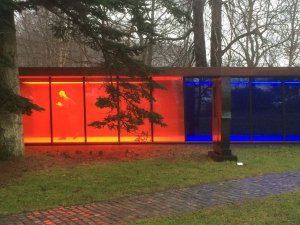
International architects are drawn here to consider how Jorgen Bo and Vilhelm Wohlert, the original designers, created these beautiful, integrated (since expanded) spaces to house sculpture by Giacometti and large works by Morris Louis, yet still manage to make the open spaces feel intimate.
Louisiana is one of the great galleries of the world, and the many Danes there on this particularly chilly day seemed very content indeed.
For equally contented and well exercised me there was the brisk walk back to the station, the equally blue-eared hike back to my hotel . . . .
By the time I got to a warm shower the pedometer on my phone had a pleasingly high count.
Art?
It's good for the brain and — especially if you're wrapped up for a day where you need to really pace it out — it's good for the health too.
I'm convinced beer for breakfast helps also.
.
.
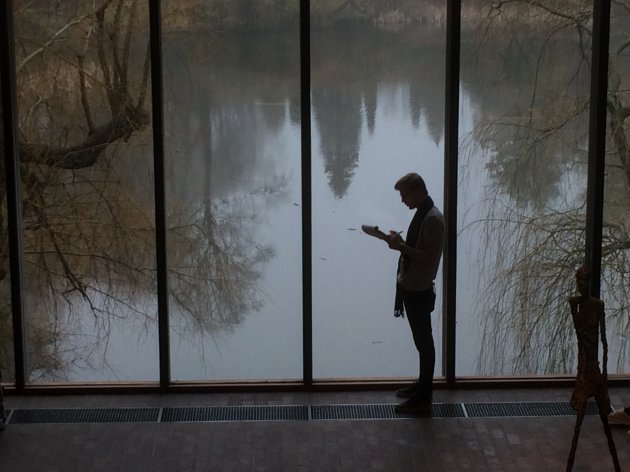

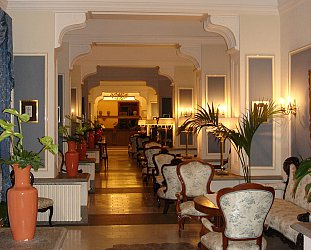


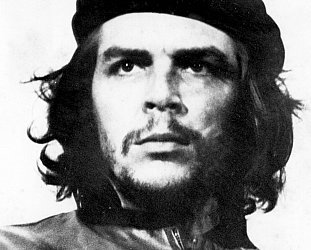
post a comment